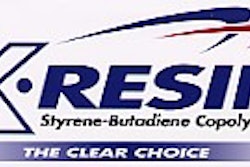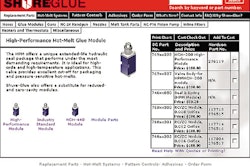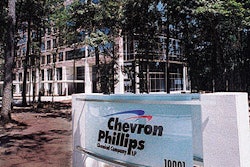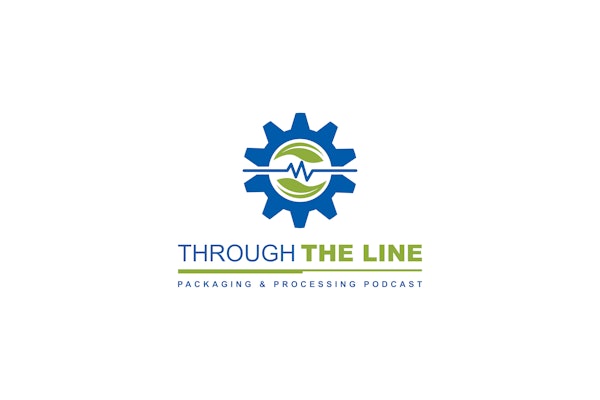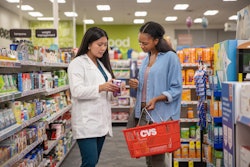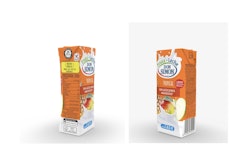NAS had set out to establish a safe intake level for trans fat but concluded that the only safe intake is “zero.” Trans fat, like saturated fat, promotes heart disease. Admitting that it would be impractical, if not virtually impossible, to eliminate all trans fat from the diet, NAS recommended that people consume as little as possible. FDA proposed to require trans fat labeling in 1999 but has yet to finalize the rule. Without labeling, consumers have no way of knowing how much trans fat a food product contains.
“This report leaves the FDA with only one choice: It should require trans fat to be labeled on the same line as saturated fat, using the current Daily Value for saturated fat,” said Margo Wootan, nutrition policy director for the Center for Science in the Public Interest. Including the Daily Value is important so people know they should limit their intake of trans fat, according to Wootan. The Canadian government has made a similar proposal for trans fat labeling.

